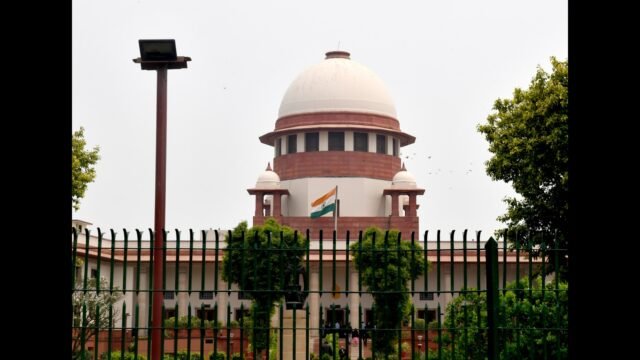It will be a working holiday for the top three Supreme Court judges this weekend. From January 11 to 13, 25 Supreme Court judges, along with their spouses, will embark on a personal retreat to Vishakhapatnam and the scenic Araku Valley. While this trip is privately funded under the leave travel concession (LTC) benefit available to all government employees, the three-member collegium, comprising Chief Justice of India Sanjiv Khanna and justices Bhushan R Gavai and Surya Kant, plan to use the time to conduct interactions with judicial officers in Vishakhapatnam. These meetings aim to assess the suitability of candidates for elevation to high court judgeships, marking a shift in how judicial appointments are approached.

“Instead of summoning these candidates to Delhi, the collegium judges decided to meet them in Vishakhapatnam since they are going to be there over the weekend. This decision aligns with their belief that the business of justice administration must continue unabated, even during vacations,” said a person familiar with the matter.
In December 2024, the collegium had similarly met candidates for high court judgeships in Rajasthan, Allahabad and Bombay to assess their personalities and suitability for elevation.
The break from the tradition in terms of meeting candidates also underscored the judiciary’s commitment to addressing lapses in judicial conduct. Justice Shekhar Yadav of the Allahabad high court was recently called for a meeting with the collegium after his controversial remarks at a Vishwa Hindu Parishad (VHP) event sparked allegations of bias and constitutional impropriety. The collegium engaged with justice Yadav to counsel him on the importance of judicial neutrality, reflecting a commitment to upholding the judiciary’s ethical standards. As reported first by HT on December 24, the decision for personal interaction was taken by the collegium considering the need for going beyond the traditional file-based vetting system following this controversy.
The Vishakhapatnam retreat has further drawn renewed attention to the ongoing debate over judicial vacations. Critics have long argued that court recesses contribute to case backlogs, although this perspective often overlooks the significant work undertaken by judges even during these periods.
In November 2024, the Supreme Court officially replaced the term “summer vacation” with “partial working days,” acknowledging that a section of the judiciary remains operational throughout breaks. Vacation benches continue to hear urgent matters five days a week, while judges use the time to write detailed judgments, conduct legal research and prepare for upcoming cases.
Former CJI Dhananjaya Y Chandrachud noted in 2023 that Indian Supreme Court judges hold court for 200 days annually, compared to just 80 days in the US Supreme Court and less than 100 in Australia. The judiciary’s workload is further compounded by its dual role as the highest constitutional court and the final appellate body, a structure unique to India.
In May 2024, justice Gavai, who will take over as the CJI in May this year, had also stated during a court proceeding: “People who criticise us for having long vacations do not know that we do not have a holiday on Saturdays and Sundays. These days are filled with conferences and other assignments…We also get the time to write long judgments during vacations.”
In 1950, with eight judges on its roster, the Supreme Court dealt with 1,215 cases, disposing of 525 — a workload averaging 75 cases per judge annually. By 2019, with 34 judges, the court faced 43,613 cases and resolved 41,100 of them — averaging 1,400 cases per judge.
These numbers illustrate the growing mismatch between judicial strength and caseloads. While reforms such as reducing vacation periods by three weeks under then-CJI RM Lodha in 2014 and expanding the court’s sanctioned strength have mitigated delays, the demand for justice far outpaces these efforts.






